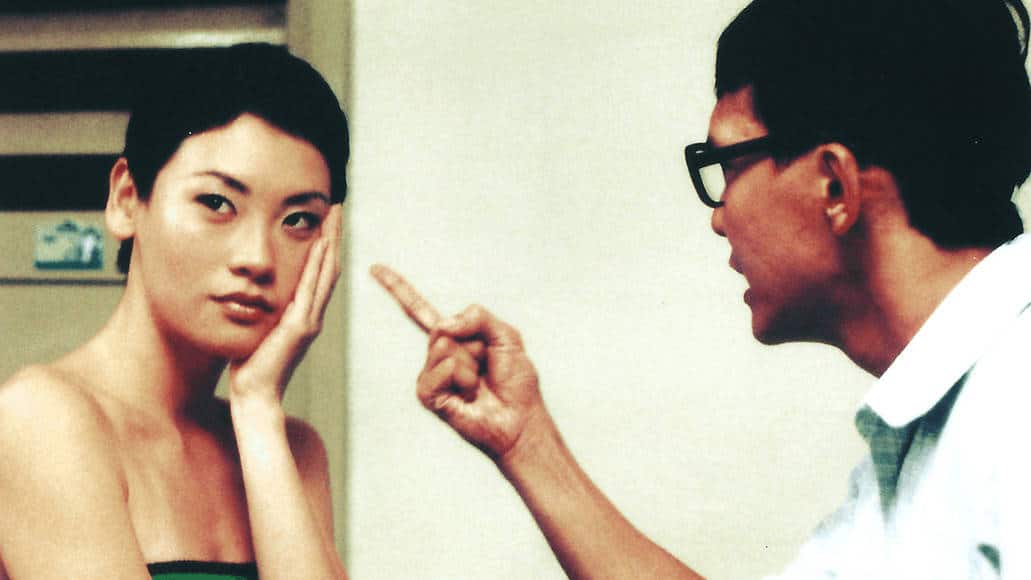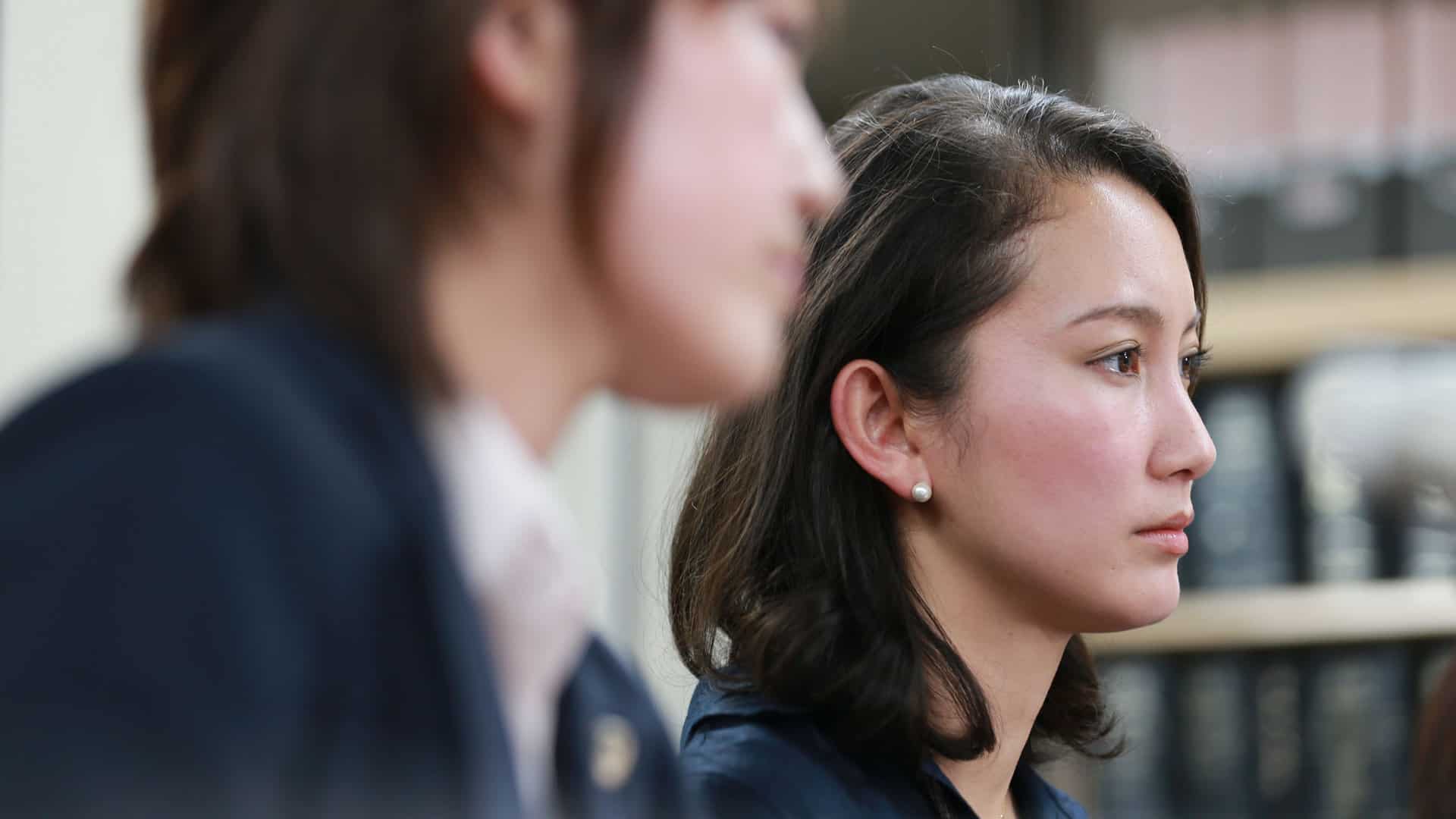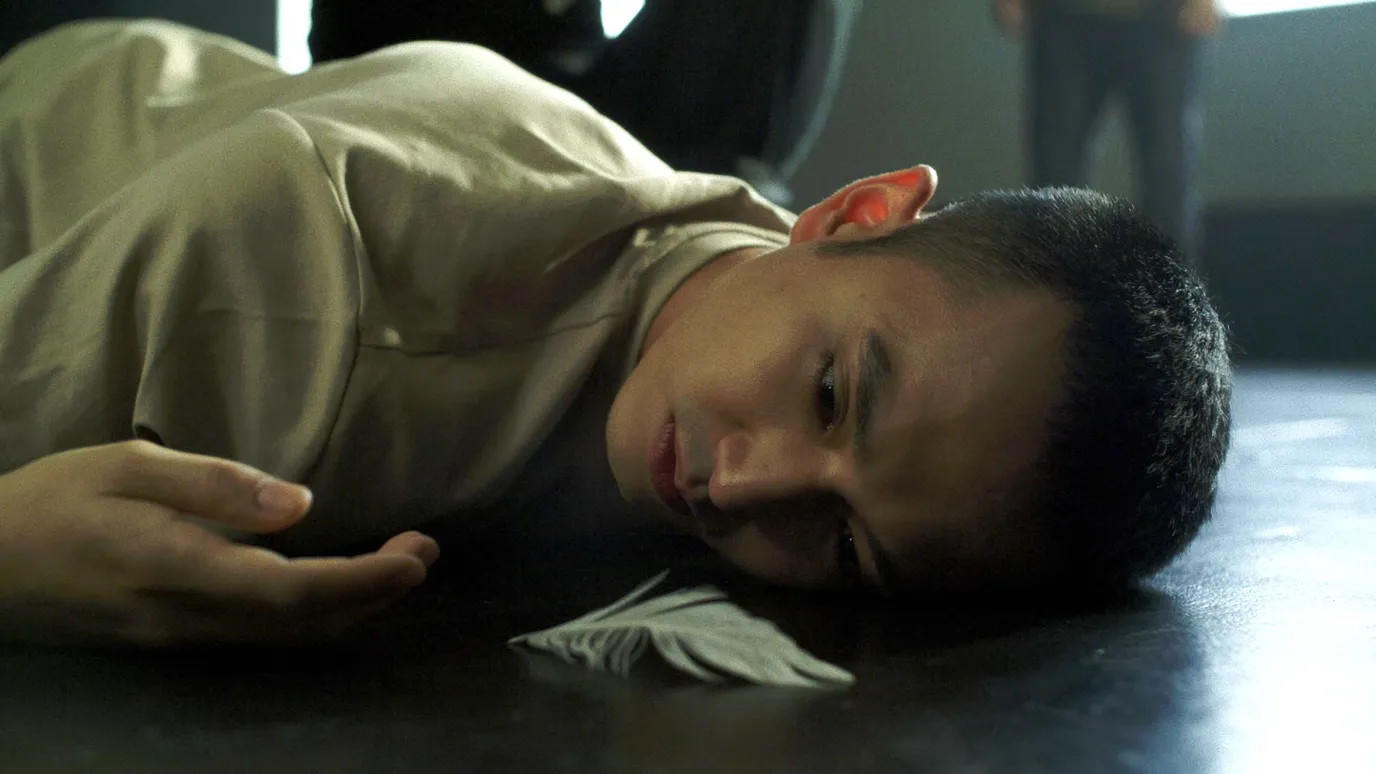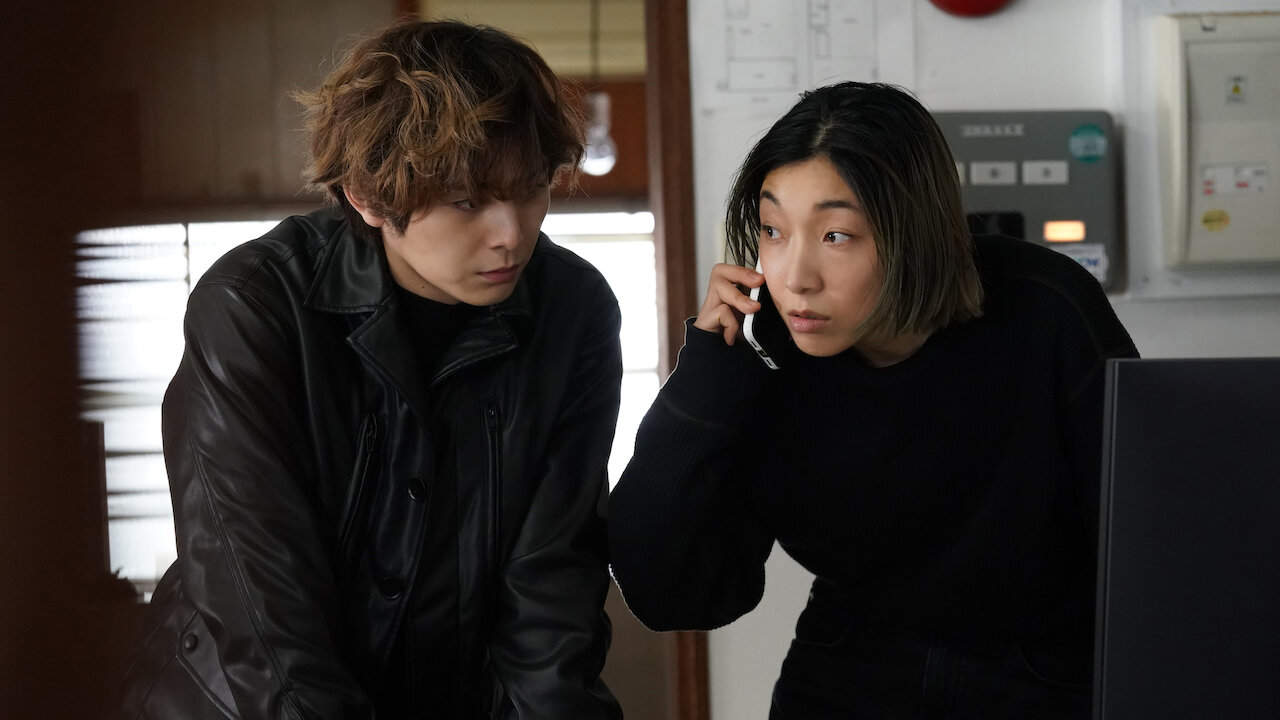Nawapol Thamrongrattanarit's sophomore feature “Mary is Happy, Mary is Happy” is one of the first films based entirely on the twitter feed by an existing user of the platform. Using 410 consecutive tweets by the user @marylony as its inspiration, this Venice Biennale-funded feature tells the universal and relatable story of growing up, falling in love, and moving on while trying to make the ultimate minimal school yearbook.
Nawapol Thamrongrattanarit manages to take the seemingly random tweets by the user @marylony and create a cohesive piece of cinema while staying as authentic as possible to their varying tone. He does this difficult task by creating small vignettes out of sets of tweets, all of which are shown either on a black screen or as subtitles, with each of them ending up showing a different aspect of the multifaceted person that is the original Twitter user, and by extension, the film's main character.
The seeming randomness of the tweets gives Mr. Thamrongrattanarit the opportunity to engage with many important themes, such as love, death, grieving and learning to move on after the loss of a loved one, living with a disability, albeit a small one, homosexuality, and even being under an authoritarian rule and having to participate in a cult of personality. The last two are especially worth mentioning, as they show the director's direct critique of the regime in Thailand during a momentous part of the country's history.
The vignette-type of storytelling, allowed by the somewhat random tweets by @marylony, gives freedom to the cinematographer of the film Phairat Khumwan to create a quirky visual aesthetic that manages to be both surreal and dream-like, yet feel very natural and relatable. This he does partly through the use of slightly unnatural colors and loads of empty spaces, coupled with a masterfully controlled jittery handheld camerawork. As a result, the viewer feels like he is given the opportunity, privilege even, to be a part of Mary's idiosyncratic world, a world which oftentimes feels as if inhabited only by her, her best friend Suri, and her love interest, M.
The nature of the film also allows Mr. Khumwan to experiment with different visual techniques and influences coming from movies by Jean-Luc Godard, Wong Kar-Wai, Edward Yang, and most notably Shunji Iwai. This, coupled with Chonlasit Upanigkit's rhythmically abrupt editing that brings to mind many a Japanese film and Rasiguet Sookkarn's eclectic set design that seems to come out of a hipster's wet dream, creates a visually pleasing and unique film.
Patcha Poonpiriya and Chonnikan Netjui are splendid as Mary and her best friend Suri, respectively. Both of them play their characters with the earnestness of high school friends who are as intimate and close as could be. Nevertheless, as good friends as they are, the two are very different with Poonpiriya's Mary being more artistic and whimsical, though uncertain of her future and feelings and Netjui's Suri being the more grounded and driven character. This creates a beautiful chemistry between them, one which threads the thin line between friendship and love.
A beautiful and relatable depiction of the vicissitudes of growing up, “Mary is Happy, Mary is Happy” is a splendid sophomore feature of a unique and visionary director and a touching and relatable film about growing up.














